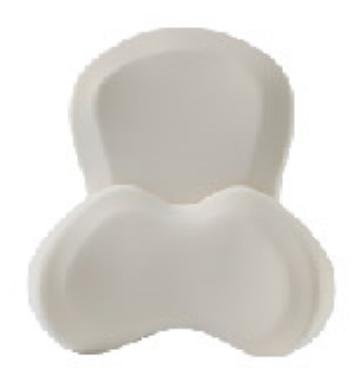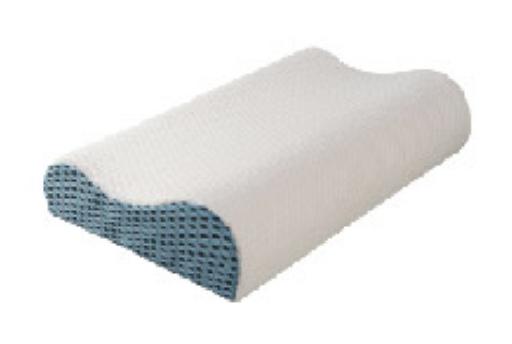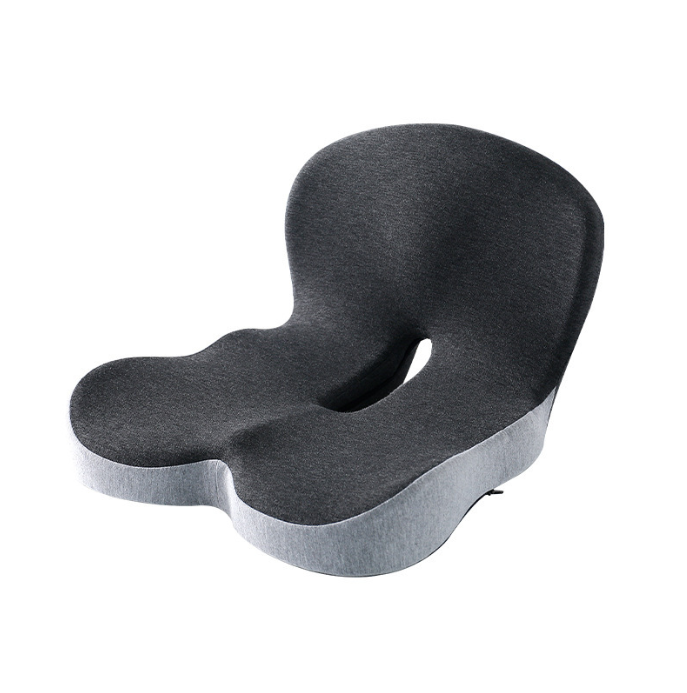As car travel has become an inseparable part of modern family life, the issue of child passenger safety has moved to the top of every parent’s priority list. Car seats are now legally required in many countries and widely recognized as the most effective way to protect children during travel. However, when it comes to the finer details of safety seat design, many parents are still unclear about the role of certain components—one of the most overlooked being the Car Seat headrest.
Is it just an accessory for comfort? Or does it play a more crucial role in accident prevention and injury reduction? In this article, we will examine the necessity of the Car Seat headrest from multiple perspectives, including safety mechanisms, age-related needs, global standards, design variations, and real-world accident cases. By the end, you’ll have a comprehensive understanding of why this seemingly small feature can make a significant difference.
What Is a Car Seat Headrest?
A Car Seat headrest is the head-supporting component integrated into or attached to a child car seat. It usually comes in the form of cushioned padding, side “wings,” or adjustable panels designed to cradle the child’s head.
Its core functions include:
-
Supporting the child’s head and neck in both active and resting positions.
-
Absorbing and redistributing impact forces during sudden braking or collisions.
-
Preventing excessive side-to-side or forward movement of the head.
-
Enhancing long-term comfort during daily commutes or long road trips.
While the headrest may look like a simple cushion, its engineering is based on biomechanics and crash test research. It is designed to work in tandem with the seat’s harness system, offering both safety protection and ergonomic support.
The Safety Significance of a Car Seat Head Rest
Protection During Collisions
When a vehicle experiences a collision, especially a rear-end or frontal crash, passengers undergo a rapid motion often referred to as “whiplash.” For adults, car headrests play an essential role in preventing neck hyperextension. For children, whose skeletal and muscular systems are not yet fully developed, the danger is even greater.
A properly positioned Car Seat headrest:
-
Minimizes the whip-like motion of the head and neck.
-
Prevents direct impact between the skull and the hard frame of the seat.
-
Distributes forces across a broader contact area, reducing the likelihood of severe cervical injury.
Daily Driving and Sleep Support
Safety is not the only concern. Even during regular driving, children often fall asleep in their seats. Without a headrest, the head may slump forward or tilt excessively to the side, causing:
-
Breathing difficulties due to partial airway obstruction.
-
Poor posture that leads to neck strain.
-
Restlessness and discomfort may distract the driver.
Thus, the headrest ensures both protection in emergencies and comfort in routine travel, making it indispensable for overall passenger well-being.

Is a Car Seat Headrest Absolutely Necessary?
The short answer: Yes, in most cases.
However, the degree of necessity depends on the child’s age, size, and the design of the car seat itself. Some car seats already come with integrated headrests, while others may require additional support accessories.
Table: Age-Based Need for Car Seat Head Rest
| Age Group | Recommended Seat Type | Need for Head Rest | Primary Role of Head Rest |
|---|---|---|---|
| 0–1 year (infants) | Rear-facing infant seat | Built-in head support is essential | Cradles fragile head, reduces wobbling |
| 1–4 years (toddlers) | Convertible car seat | Strongly recommended | Protects cervical spine, absorbs impact |
| 4–7 years (preschool) | High-back booster seat | Mandatory | Prevents head slump, aligns seat belt |
| 7–12 years (school age) | Booster cushion + vehicle seat belt | Optional, but beneficial | Adds comfort and reduces fatigue |
| 12+ years (adolescents) | Regular car seat with adult belt | Use the vehicle’s built-in headrest | Maintains proper posture, reduces whiplash |
This breakdown shows that while an infant car seat may already have adequate built-in support, children in the preschool and early school years absolutely require a Car Seat headrest for both safety and regulatory compliance.
International Standards and Expert Recommendations
The importance of the Car Seat headrest is reinforced by global safety organizations:
-
American Academy of Pediatrics (AAP): Strongly advises that all children use car seats or boosters with head and neck support until they reach the maximum height/weight limits.
-
European Union Regulations (ECE R44/04 and i-Size): Mandate that high-back booster seats must include headrests, specifically tested under crash conditions.
-
Chinese National Standard (GB 27887): Includes strict criteria for head protection during dynamic tests, highlighting its significance in domestic car seat design.
These standards emphasize that the headrest is not an optional accessory—it is considered an integral safety feature across jurisdictions.
Types of Car Seat Headrests
Fixed Head Rests
-
Built into the car seat as a permanent structure.
-
Offer excellent stability and consistency.
-
Limitation: Cannot be adjusted, so they may not fit children as they grow.
Adjustable Head Rests
-
It can be raised or lowered to accommodate growth.
-
Provide long-term usability, often covering multiple age groups.
-
Considered the most versatile option for families.
Removable/Accessory Head Rests
-
Can be attached or detached as needed.
-
Convenient for cleaning and long trips.
-
It may lack the rigidity of built-in designs, so quality certification is essential.
Choosing the Right Car Seat Head Rest
Parents should evaluate several key factors when shopping for a child seat or headrest accessory:
-
Safety Certification: Always check for international approvals such as ECE, FMVSS (U.S.), or CCC (China).
-
Adjustability: Ensure it can grow with your child rather than being locked to a single size.
-
Material Quality: Opt for breathable fabrics, hypoallergenic foams, and washable covers.
-
Compatibility: Verify that the headrest fits securely with your specific car seat model.
-
Ease of Installation: A headrest that is difficult to adjust may discourage proper use.
Correct Installation and Use
Even the best Car Seat headrest will fail if not installed or used correctly. Here are the golden rules:
-
Placement: The headrest should be positioned flush with the back of the child’s head.
-
Height: The top of the headrest should align with or slightly above the crown of the child’s head.
-
Harness Interaction: Ensure the harness or seat belt is not obstructed by the headrest.
-
Routine Checks: Before every trip, verify that the headrest is locked in place and not wobbly.
Common Misconceptions
-
“Older kids don’t need a headrest anymore.”
In reality, children require head support until they are tall enough to use the vehicle’s built-in headrest and seat belt properly. -
“The headrest is just for comfort.”
While it does increase comfort, its primary role is injury prevention in collisions. -
“Any aftermarket headrest will do.”
Poorly designed or uncertified accessories can detach in accidents, potentially causing harm rather than preventing it.
The Car Seat Head Rest is much more than a comfort accessory. For infants, it provides essential head stabilization; for toddlers and preschoolers, it is a critical safety barrier against crash forces; for older children, it balances safety with comfort during longer journeys.
Key Takeaways:
-
Always select car seats with integrated or adjustable headrests where possible.
-
For booster seats, ensure the headrest aligns with both the child’s head and the seat belt path.
-
Never rely on uncertified aftermarket accessories.
-
Treat the headrest as a non-negotiable part of your child’s car safety system.
Practical Tips (Quick Reference Table)
| Travel Scenario | Best Practice |
|---|---|
| Short commutes | Check the headrest height each time to prevent wobbling |
| Long road trips | Use breathable, padded materials to reduce heat and fatigue |
| Multiple children | Invest in adjustable or removable headrests for flexibility |
| Switching seats | Recheck headrest compatibility when moving to a new car seat |
A Car Seat headrest is not an optional luxury—it is a vital safety feature that can significantly reduce the risk of injury, improve posture, and enhance comfort for your child during every journey. By selecting the right headrest, installing it properly, and using it consistently, parents can take an important step toward ensuring that their children are not only safe but also comfortable and happy whenever they are on the road.




